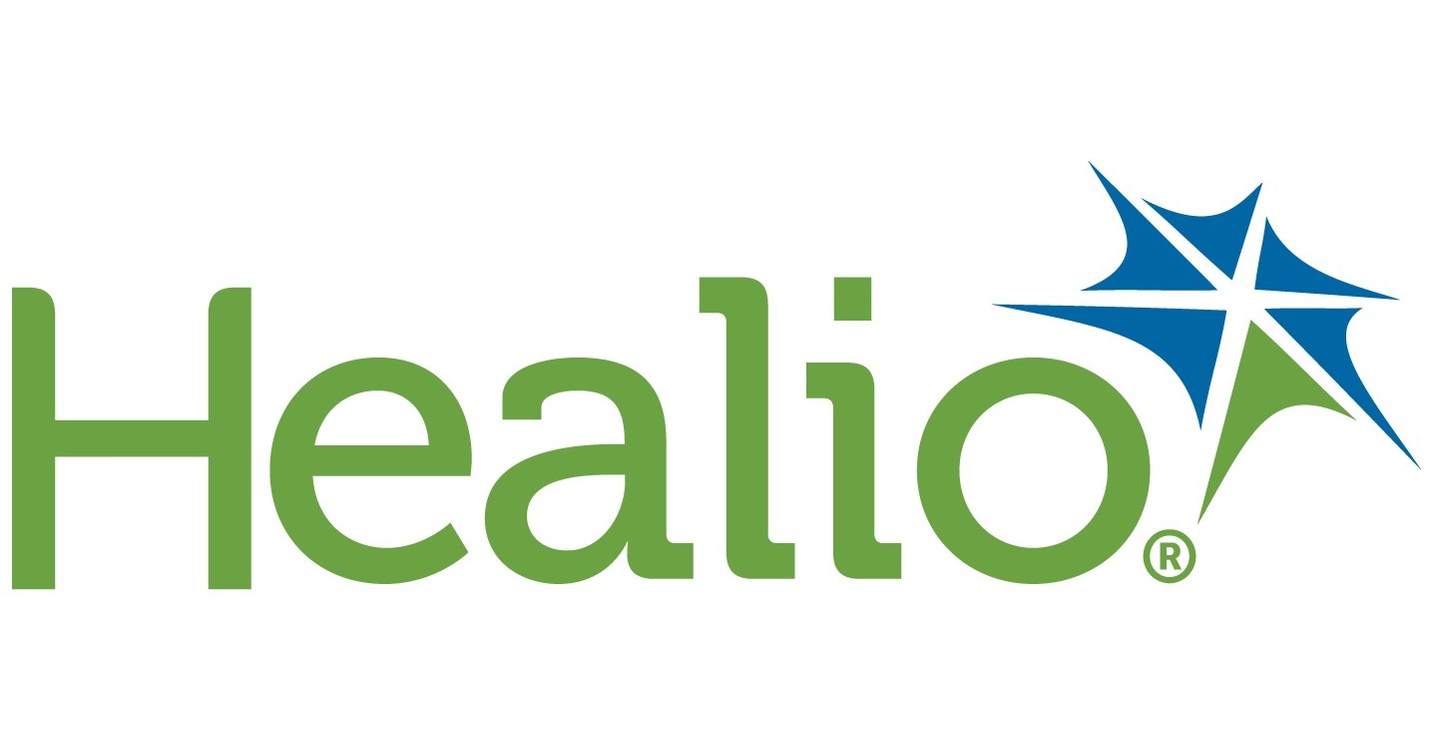Study: Surgical hospital closures hit vulnerable communities hardest

Editor's Note Hospitals that provide surgical care are closing faster than new ones are opening, deepening inequities in access to surgery for socioeconomically disadvantaged communities, American College of Surgeons October 3 reports. Closures not only disrupt care, but also deter many from seeking surgery altogether. Increased travel burdens and difficulty…
Remote monitoring speeds recovery, lowers complications after cancer surgery

Editor's Note Remote perioperative monitoring (RPM) accelerates recovery and reduces complications following major cancer surgery, according to a randomized trial published on August 28 by npj Digital Medicine and co-authored by researchers at the University of Miami Miller School of Medicine. The study enrolled 293 patients undergoing major abdominal or…
Survey: Depression, loneliness surge among young and low-income adults

Editor's Note Depression rates in the US remain at historic highs, affecting more than 47 million adults, with young people and lower-income households experiencing the sharpest increases, a Gallup survey published on September 9 reports. The latest survey shows 18.3% of adults currently report having or being treated for depression,…
AHA study: HOPD Medicare patients are poorer, sicker, more rural than those seen in physician offices

Editor's Note Medicare patients treated in hospital outpatient departments (HOPDs) present with greater socioeconomic and clinical complexity than peers seen in independent physician offices, including higher prior emergency department (ED) visits and inpatient use. According to an American Hospital Association (AHA) study conducted by KNG Health Consulting and published on…
Socioeconomic deprivation linked to lower fitness before surgery, UK study finds

Editor's Note Patients from socioeconomically deprived areas are more likely to have reduced cardiorespiratory fitness before surgery, potentially contributing to poorer surgical outcomes, MedicalXpress August 12 reports from a study published by PLOS One. The research, led by PhD student Donna Shrestha of Lancaster University Medical School, analyzed preoperative fitness…
Study: Surgical patients face higher odds of food insecurity

Editor's Note New research shows surgical patients in the US face a significantly greater risk of food insecurity than nonsurgical patients, even after adjusting for demographic and socioeconomic differences. Findings also point to potential underutilization of the Supplemental Nutritional Assistance Program (SNAP) benefits among surgical patients, study authors write. …
Study: Language barriers raise sepsis death risk despite faster treatment

Editor's Note Patients hospitalized with sepsis who have limited English proficiency (LEP) face significantly higher odds of dying in the hospital even after accounting for multiple demographic and clinical factors, according to research presented at the American Thoracic Society International Conference by researchers from UC San Diego. Healio reported the…
How gender norms shape perioperative nurse career paths

Before Florence Nightingale revolutionized nursing in the mid-19th century, men played the crucial role of nurses on the battlefield. However, as time passed, nursing became a female-dominated profession. Men and women received the same level of training and worked together during World War I, but the men were called orderlies…
Low-income patients face uphill battle overturning insurance claim denials, study shows

Editor's Note Patients earning less than $50,000 annually are significantly less likely to have denied insurance claims reversed compared to wealthier individuals, according to a new study published in Health Affairs and reported by Fierce Healthcare on June 5. Researchers from the University of Massachusetts Amherst and the University of…
Medicaid data shared with DHS to aid immigration enforcement

Editor's Note The Trump administration ordered federal health officials this week to share personal data from Medicaid enrollees with deportation authorities, the Associated Press (AP) reported June 14. According to the report, the Centers for Medicare and Medicaid Services (CMS) was given just 54 minutes on Tuesday to transfer enrollee…

 Free Daily News
Free Daily News